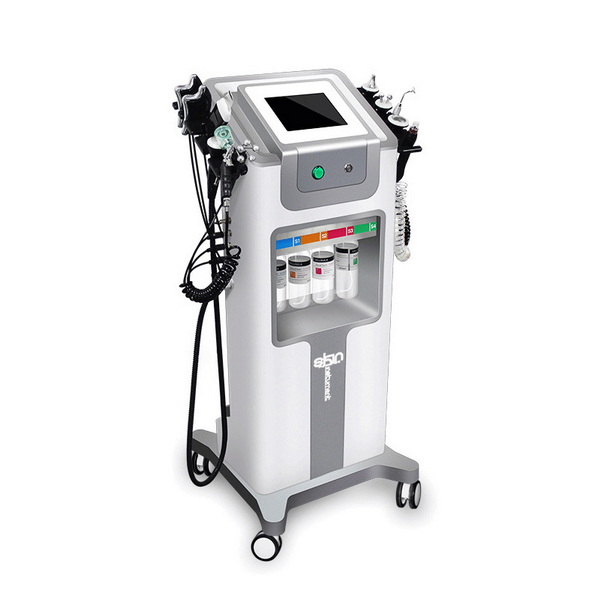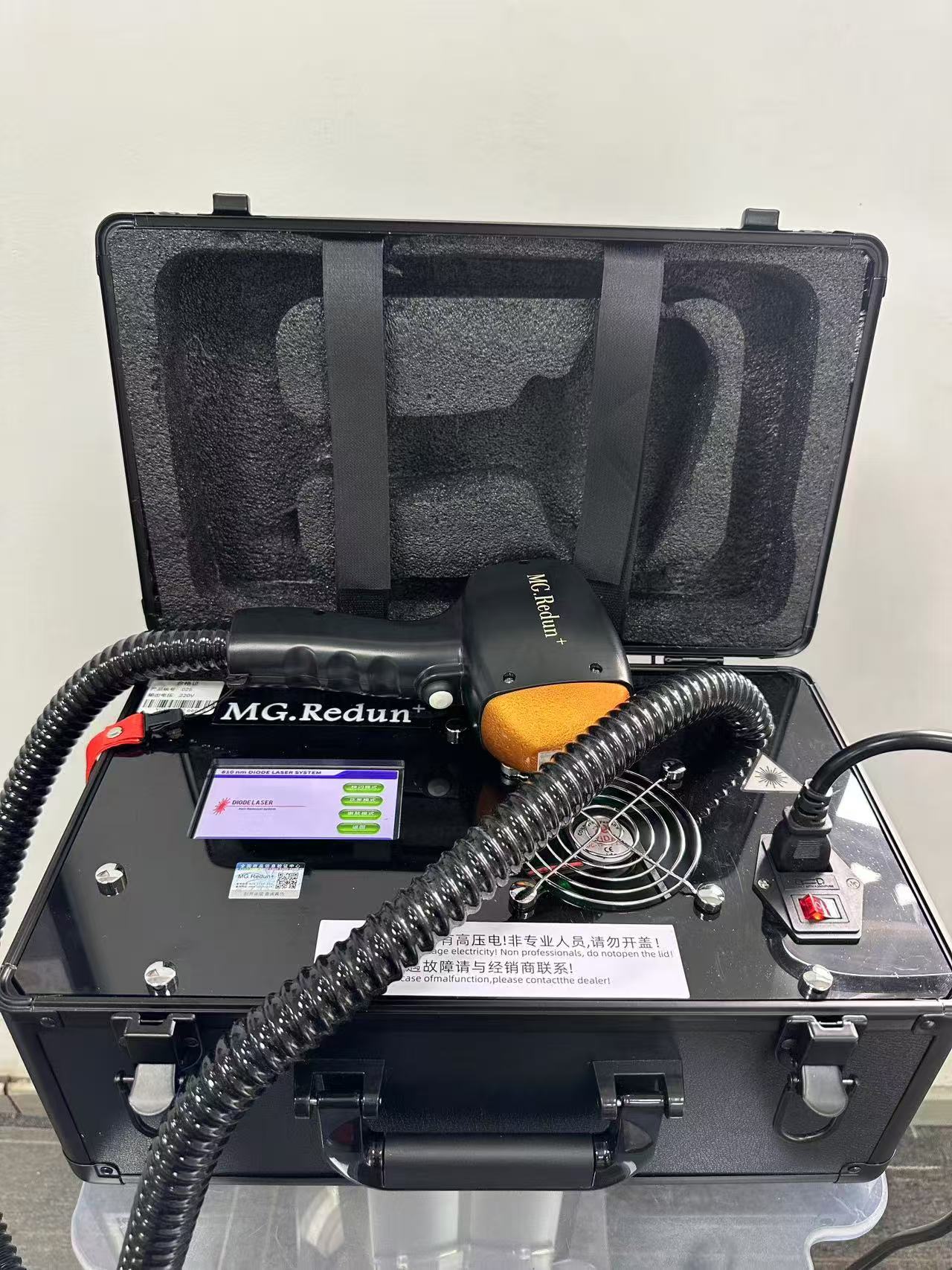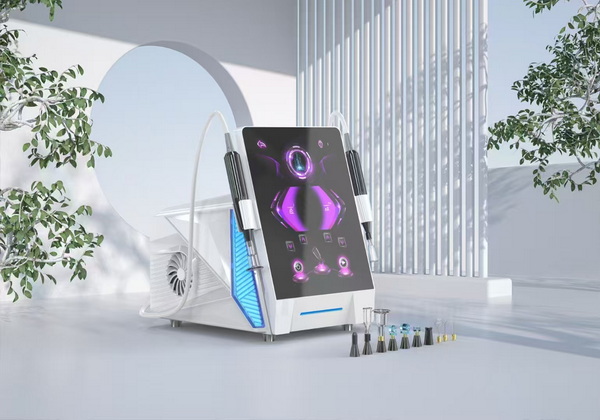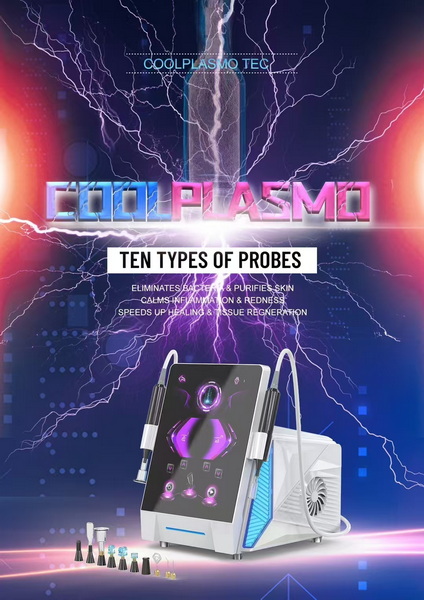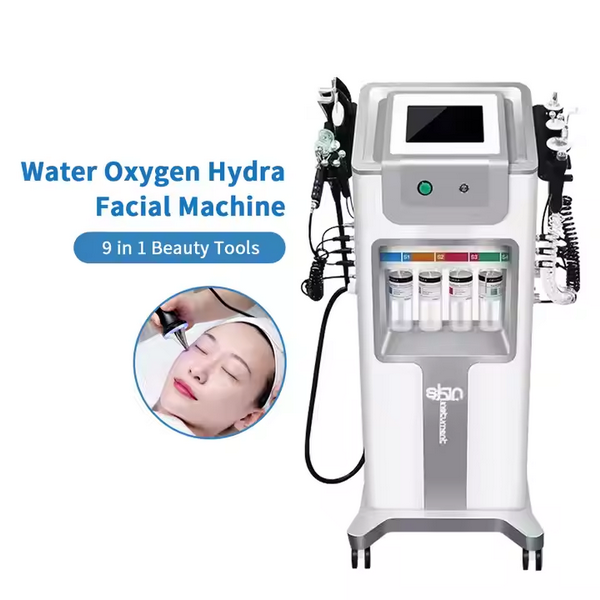Understanding the Benefits and Risks of LED Facial Masks
LED masks, also known as light-emitting diode masks, have become increasingly popular in the skincare industry. These devices promise a range of benefits, from reducing acne to minimizing fine lines and wrinkles. But with their rising popularity, a crucial question emerges: Are LED masks safe? In this comprehensive article, we will delve into the science behind LED masks, explore their safety profile, and address common concerns.
What Are LED Masks?
LED masks are skincare devices that use various wavelengths of light to target specific skin issues. They are non-invasive, meaning they do not break the skin barrier, and are typically used for treatments like acne reduction, anti-aging, and improving skin tone. The most common types of light used in LED masks include:
- Red Light (630-700 nm): Known for its anti-aging properties, red light stimulates collagen production, reducing wrinkles and fine lines.
- Blue Light (405-420 nm): Effective against acne-causing bacteria, blue light helps in treating acne and preventing future breakouts.
- Green Light (520-560 nm): Often used for skin tone correction, green light targets pigmentation issues and helps to even out skin tone.

Given the range of benefits these masks offer, it’s no wonder they’ve garnered so much attention. But the question remains: Are LED masks safe?
The Science Behind LED Masks
To understand whether LED masks are safe, it’s essential to explore how they work. LED therapy has been around for decades, initially used by NASA to speed up wound healing in astronauts. The technology has since been adapted for skincare, with extensive research supporting its efficacy.
When you apply an LED mask to your face, the light penetrates the skin at various depths, depending on the wavelength used. This light energy is absorbed by the skin cells, which then triggers various biological processes. For instance, red light increases blood circulation and stimulates collagen production, while blue light kills acne-causing bacteria.
But while the benefits are well-documented, it’s crucial to assess whether these masks pose any risks. So, are LED masks safe for everyone, or are there specific concerns that users should be aware of?
Are LED Masks Safe for Regular Use?
Most dermatologists and skincare experts agree that LED masks are generally safe for regular use, especially when used according to the manufacturer’s instructions. Unlike UV light, which can damage the skin and increase the risk of skin cancer, LED light is non-ionizing. This means it doesn’t cause harm to the skin cells or increase cancer risk.
However, the safety of LED masks can vary depending on several factors:
- Wavelength and Intensity: Higher intensities and certain wavelengths might cause irritation or discomfort, especially in individuals with sensitive skin.
- Duration of Use: Overuse of LED masks can lead to skin irritation. It’s important to follow the recommended usage time, typically ranging from 10 to 20 minutes per session.
- Eye Protection: While LED masks are designed to be safe for the skin, they can pose a risk to the eyes if not used correctly. Most high-quality masks come with built-in eye protection or recommend using goggles to shield the eyes from direct exposure to the light.
Are LED Masks Safe for All Skin Types?
The question, are LED masks safe for all skin types, is commonly asked by potential users. The answer is generally yes, but with some caveats. LED masks are designed to be gentle and suitable for all skin types, from oily to dry. However, people with certain skin conditions, such as rosacea or eczema, may experience irritation or a worsening of symptoms when using LED masks.
Additionally, individuals with very sensitive skin may find that even the mild heat emitted by some LED masks can cause discomfort. It’s always advisable to perform a patch test before using the device on your entire face, especially if you have a history of skin sensitivity or allergic reactions.
Are LED Masks Safe for Pregnant Women?
Pregnancy brings about a myriad of changes in a woman’s body, and many expectant mothers are cautious about what skincare treatments they use. So, are LED masks safe during pregnancy? While there’s no conclusive evidence to suggest that LED masks are harmful during pregnancy, it’s always best to consult with a healthcare provider before starting any new skincare regimen while pregnant.
Some healthcare professionals recommend avoiding LED masks during pregnancy, especially if they emit heat, as this could potentially affect the pregnancy. However, the majority of LED masks are considered low-risk since they do not penetrate the skin deeply or emit radiation that could harm the fetus.
Potential Risks and Side Effects of LED Masks
Though LED masks are largely considered safe, they are not without potential risks and side effects. The most common concerns include:
- Skin Irritation: Some users may experience redness, itching, or dryness after using an LED mask. This is often due to overuse or sensitivity to the light.
- Eye Damage: Prolonged exposure to LED light without proper eye protection can lead to discomfort and potential eye damage. Always ensure your eyes are protected when using the mask.
- Worsening of Certain Skin Conditions: As mentioned earlier, individuals with conditions like rosacea or eczema should proceed with caution, as LED light could potentially exacerbate these conditions.
- Photosensitivity: Some medications and skincare products can make your skin more sensitive to light, increasing the risk of a reaction when using an LED mask. If you’re using products like retinoids or antibiotics, it’s essential to consult with a dermatologist before using an LED mask.
Given these potential risks, it’s clear that while LED masks are generally safe, they should be used with care, especially if you have pre-existing skin conditions or are on photosensitizing medications. This leads us back to our central question: Are LED masks safe when used correctly?
Best Practices for Safe Use of LED Masks
To ensure that your experience with LED masks is both safe and effective, it’s important to follow some best practices:
- Follow Manufacturer Instructions: Always adhere to the recommended usage time and frequency. Overusing the mask won’t speed up results and could lead to skin irritation.
- Patch Test First: If you have sensitive skin, perform a patch test on a small area of your skin before using the mask on your entire face.
- Use Eye Protection: Always protect your eyes by wearing goggles or ensuring that the mask’s eye shields are in place.
- Consult a Dermatologist: If you have any skin conditions, are pregnant, or are taking medication that increases photosensitivity, consult with a dermatologist before using an LED mask.
- Clean the Mask Regularly: To prevent bacterial buildup, clean your LED mask after each use according to the manufacturer’s instructions.
Conclusion: Are LED Masks Safe?
In conclusion, are LED masks safe? The answer is yes, for the vast majority of users, LED masks are safe when used correctly. They offer a range of skin benefits with minimal risks. However, like any skincare product or device, it’s essential to use them as directed and to be aware of potential side effects.
LED masks have become a go-to treatment for many seeking non-invasive skincare solutions. By understanding the benefits and potential risks, you can make an informed decision about incorporating an LED mask into your skincare routine.



